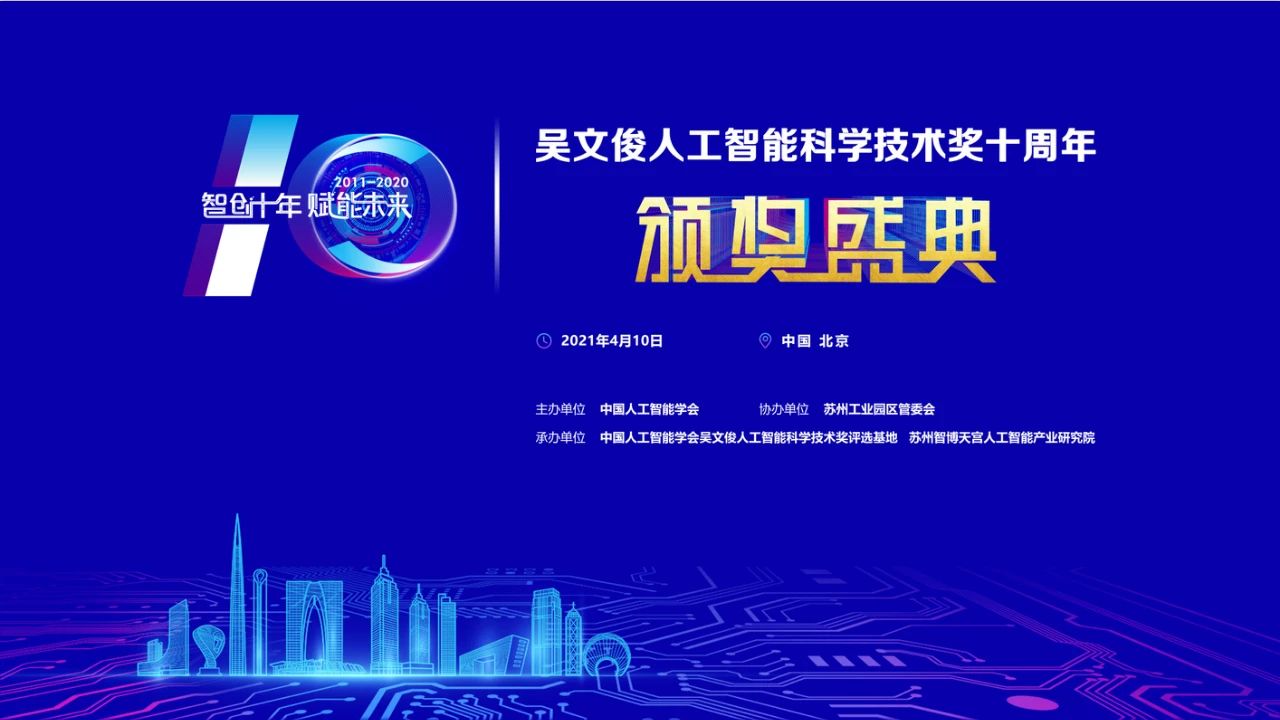On April 11-12, 2021, the 2020 China Artificial Intelligence Industry Annual Conference was held with great ceremony in Suzhou. Authoritative scholars, tech influencers, top experts, and leading figures from the industry gathered to discuss research hotspots in the field of artificial intelligence from different perspectives, sharing key technologies, innovation challenges, development trends, and practical paths with their professional peers.
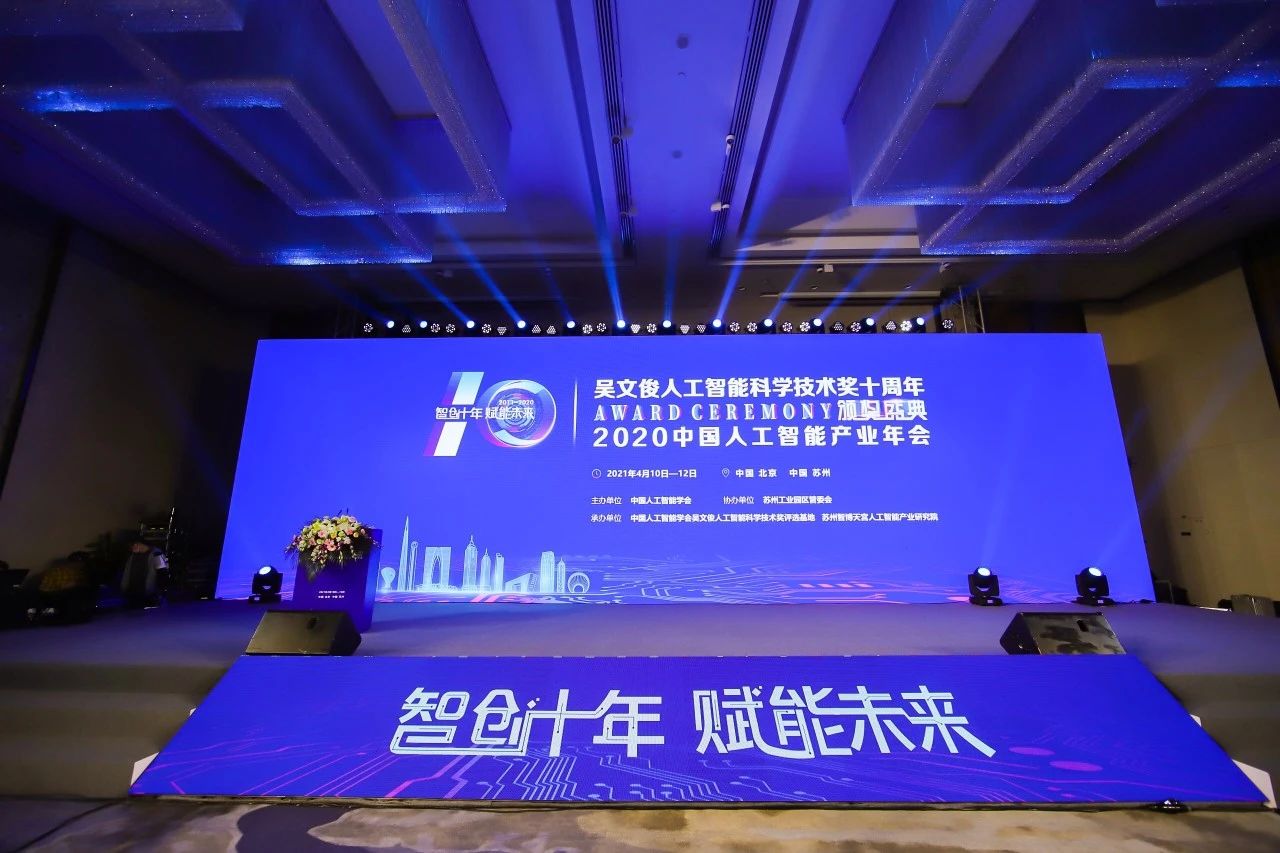
Futong Dongfang, as the recipient of the Second Prize of the 10th Wu Wenjun Artificial Intelligence Technology Invention Award, was invited to participate in various segments of the conference. Dr. Rui Rui Li, a senior engineer at Futong Dongfang, and Dr. Xinmei Wang, a medical consultant, were invited to deliver keynote speeches on the topic of "Intelligent Healthcare and Big Health" at the main forum and the Biomedical Artificial Intelligence Special Forum of the conference. They shared insights on the research and innovation of artificial intelligence technology and the related business practices of Futong Dongfang with the attendees.
The Practice Of Medical Knowledge Graphs and Knowledge Reasoning In Active Health Management
At present, chronic diseases such as diabetes, cardiovascular and cerebrovascular diseases, and cancer in China are showing a trend of occurring at younger ages. The uneven distribution of medical resources, outdated screening and intervention measures, result in a lack of cognitive intervention or late intervention for some chronic diseases, which greatly affects patients' lives.
Active Health Management Becomes The Core Of Health Services
In the "Healthy China Action (2019-2030)" initiative, it is proposed to conduct comprehensive health impact factor interventions in areas such as nutrition, exercise, psychology, and lifestyle, to maintain the health across the entire life cycle of special populations, and to prevent and control chronic and infectious diseases, which are significant health issues.

In this context, Futong Dongfang has created a blueprint for smart public health services, which includes a citizen health platform, a regional health public service platform, a medical staff service platform, and a monitoring management platform, forming a comprehensive health service system. Dr. Rui Rui Li pointed out that the core of the health service system is proactive health management. Proactive health management is an important way to achieve a continuous healthy quality of life and good social adaptability. Its characteristics are active discovery, scientific assessment, active adjustment, and health promotion. Health management spans the entire process of an individual from being healthy to sub-healthy, from screening to disease discovery, treatment, and rehabilitation. It involves a wide range of dimensions and high information load, making it necessary to establish a knowledge graph for the management of knowledge and information.
Knowledge Graph Construction And Knowledge Reasoning Application
Medical knowledge graphs describe concepts and relationships in the objective world in a structured format and are a type of large-scale semantic network. Their construction is divided into four stages: data acquisition, information extraction, knowledge fusion, and knowledge refinement. In practice, due to the complex relationships within medical knowledge graphs, knowledge reasoning is relied upon to eliminate noise and to complement the graph. In the field of knowledge reasoning, there are currently two mainstream reasoning methods: one based on graph structure and statistical rule mining, and the other based on knowledge graph embeddings. Dr. Rui Rui Li introduced that the proactive health management system based on the knowledge graph includes three levels: data collection and processing, intelligent graph management, and business application services. The aim is to construct a closed loop from data to knowledge, from knowledge to applications, and back from applications to data. The graph management consists of an algorithm layer and a task layer. The algorithm layer concentrates on cutting-edge technologies such as machine learning, deep learning, and graph neural networks. The task layer, related to artificial intelligence, includes modules for knowledge extraction, knowledge representation, knowledge fusion, and knowledge storage.
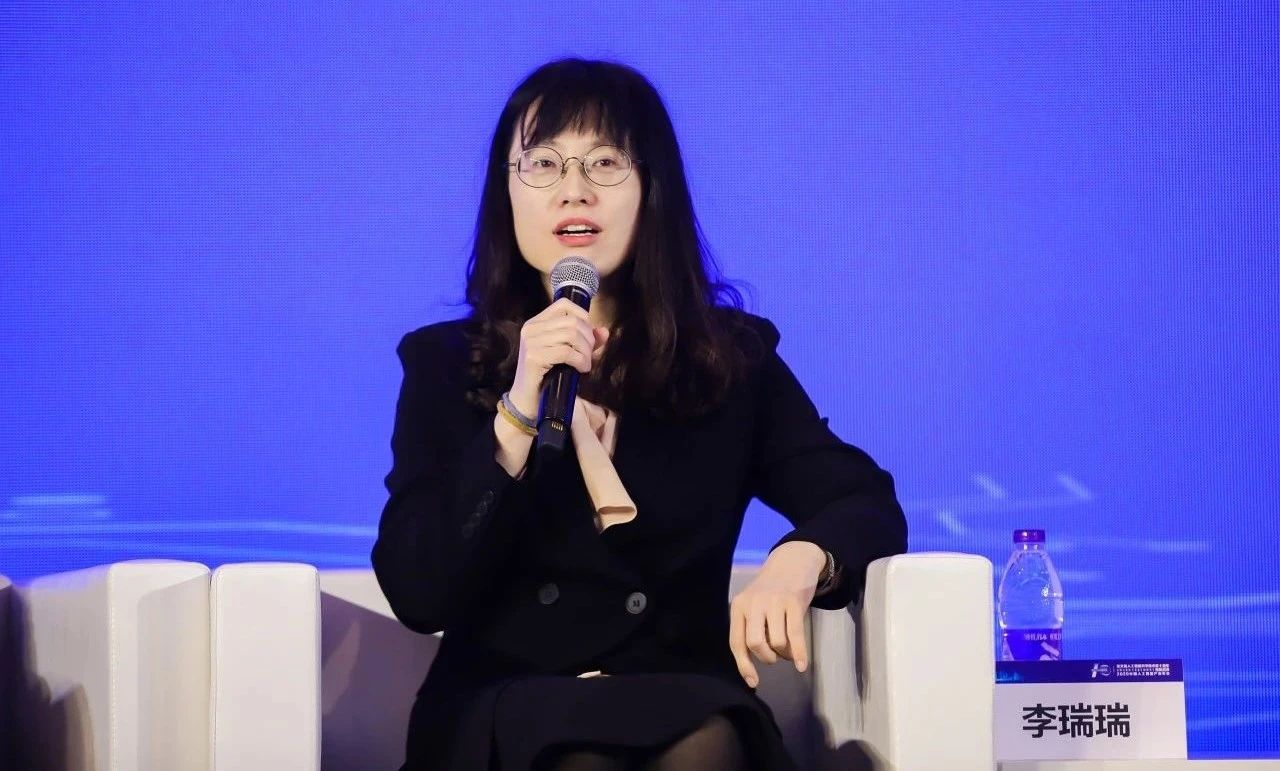
Futong Dongfang's Proactive Health Management Application Practice
Futong Dongfang has developed an intelligent proactive health management application called "5+AI Health," which is based on the research of public health management demands and the application of medical knowledge graphs and knowledge reasoning. This application features causal reasoning capabilities, automatic knowledge updates, and personalized decision recommendations. At the same time, Futong Dongfang has built a health assessment platform based on knowledge graphs, which is a palm-sized artificial intelligence screening tool. It understands users' symptoms through dialogue and calculates users' disease risks and professional interpretations using artificial intelligence algorithms combined with knowledge graphs.
Dr. Rui Rui Li pointed out that after the aforementioned intelligent prediction of certain disease risks or health indices, the next step is to make optimized decisions. Futong Dongfang, through its own multi-objective resource optimization algorithm platform, has built a healthy diet recommendation optimization model. Under the constraints of various dietary recommendation rules, it integrates principles of nutritional balance and disease diet requirements, and allocates weights for the recommended foods and cautionary foods based on individual health portraits, achieving the optimal solution for food recommendations.
Dr. Rui Rui Li stated that Futong Dongfang, based on knowledge graphs, has constructed key indicator interpretations, health predictions, and suggestions for intervention methods, and has formed a business loop through interventions and recommendations on psychological, exercise, and nutrition programs.
Multi-Risk Index Analysis In The Practical Research Of Hospital Infection Prediction
With the widespread use of hormones, immunosuppressants, and broad-spectrum antibiotics, hospital infections, especially those caused by multidrug-resistant bacteria, have attracted widespread concern from the medical community, government, and society. The occurrence of hospital-acquired infections can lead to increased complications, worsening conditions, prolonged hospital stays, and increased medical burdens on individuals and society. During major epidemics (such as SARS and COVID-19), hospital infections among healthcare workers also demonstrate that the prevention and control of hospital-acquired infections are not only crucial for ensuring medical quality and patient safety and improving hospital management levels but also an important guarantee for maintaining public health security.
Hospital Infection Surveillance Is The Foundation Of Hospital Infection Management
Hospital infection surveillance is the foundation of hospital infection management. Dr. Xinmei Wang introduced that its most basic purpose is to understand the patterns and risk factors of hospital infections. Going deeper, it is to predict and warn of risks, indicate the required intervention measures, and assess the effectiveness of these measures, thereby achieving the function of aiding diagnosis and treatment.
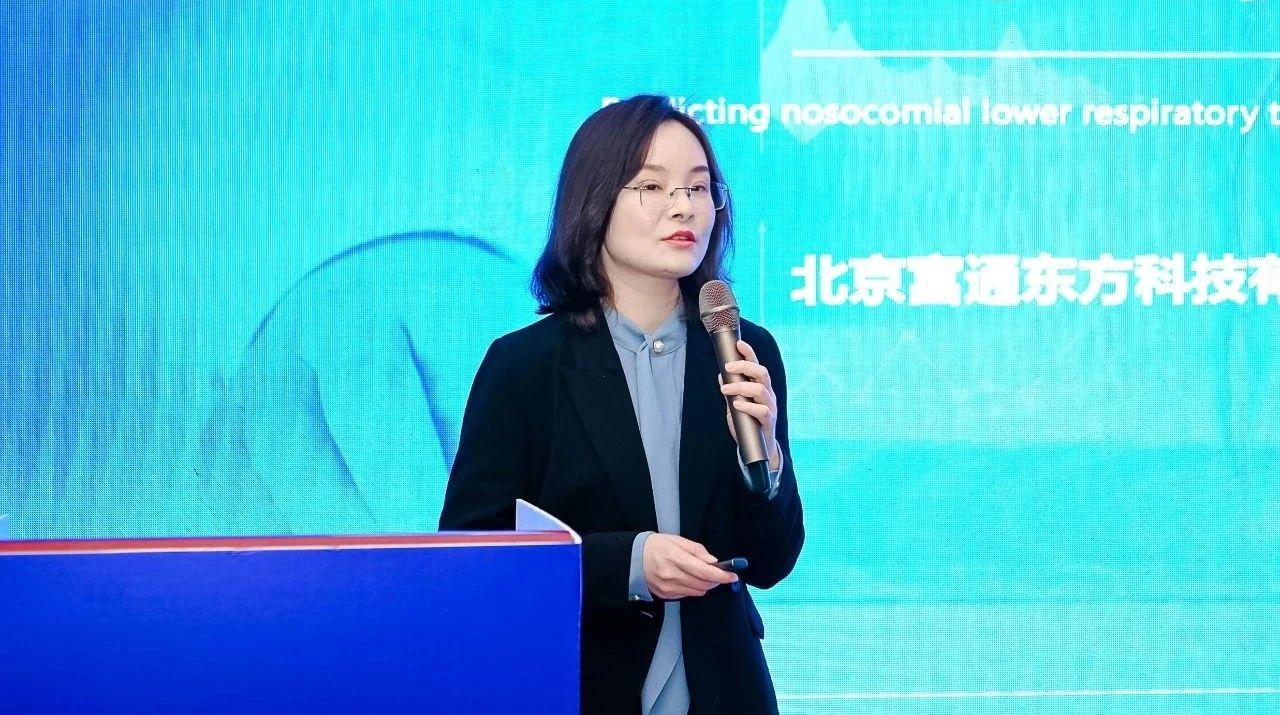
In recent years, the construction of the medical industry's informatization has provided an informational safeguard for hospital infection monitoring from the infrastructure perspective, achieving the processual handling of hospital infection information and the electronification of data entry and retrieval.
Data Management Issues In Hospital Infection Surveillance
As the process of informatization monitoring progresses, some issues with hospital infection surveillance have also been exposed. Dr. Xinmei Wang pointed out that, first of all, hospital infection data comes from multi-source and heterogeneous medical data, which lacks unified operation and reporting standards, greatly affecting data cleaning and subsequent analysis processes, directly impacting the feedback of hospital infection surveillance results. Secondly, the current surveillance is primarily focused on hospital quality management, and the hospital infection information processing workflow relies on manual reporting and confirmation by frontline medical staff, which affects the timeliness and accuracy of the information. Moreover, the surveillance mainly focuses on result-oriented indicators such as the incidence of hospital infections, with weaker functions in assisting diagnosis and treatment. There is a lack of interconnectivity across different fields and departments, which prevents the formation of a comprehensive patient profile, making it difficult to trace the root causes of diseases.
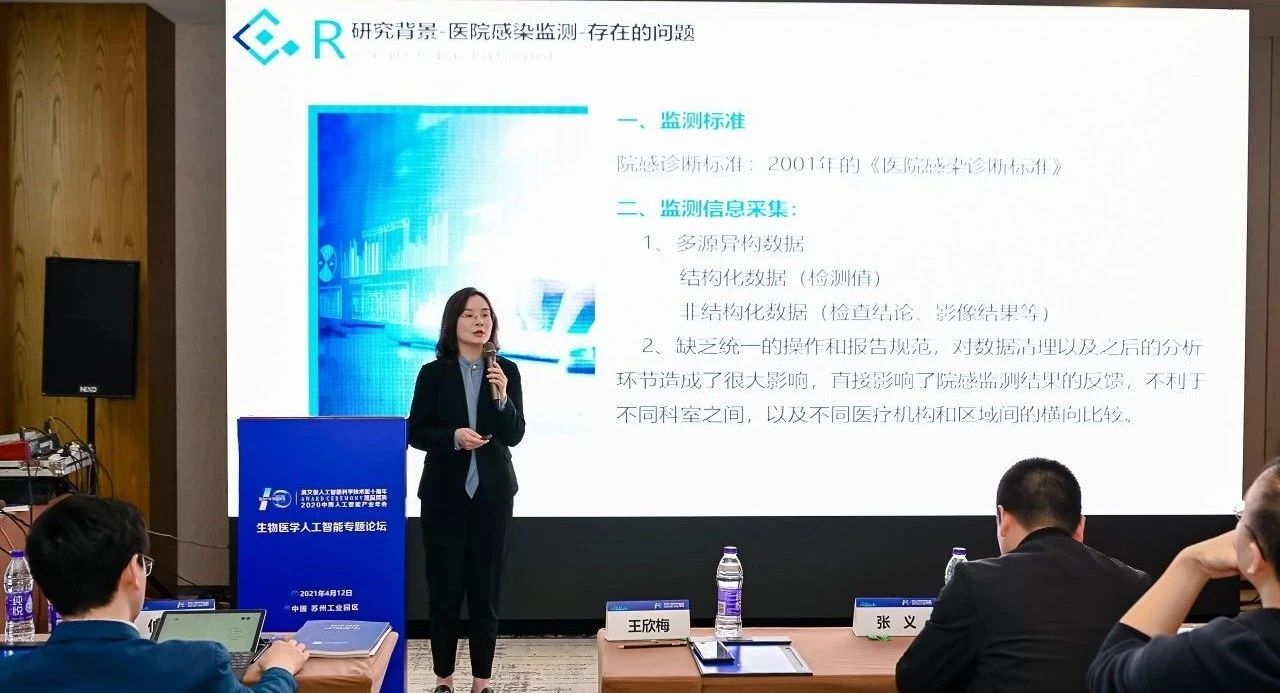
Building Early Warning And Prediction Models With AI Technology
Information-based monitoring and intelligent intervention based on objective indicators will be the inevitable path for hospital infection prevention and control. Dr. Xinmei Wang said, the development of hospital infection monitoring, in terms of information collection methods, involves proactive monitoring of high-risk groups for hospital infections through real-time information extraction instead of manual reporting; in terms of monitoring scope, it achieves integrated medical and health, and information interconnectivity within the region to enhance the efficiency of infection monitoring, alleviate the workload of hospital infection reporting, and integrate objective data; in terms of functionality, it serves both the overall hospital management and the diagnostic and treatment process, achieving multi-point triggering, real-time early warning, intervention recommendations, and effectiveness evaluation for hospital infections. Dr. Xinmei Wang pointed out that in the past, the determination of high-risk groups and target populations for hospital infection surveillance was mainly based on the prior knowledge of experts in the field to decide on the content to report. Now, with the advancement of artificial intelligence technology, it is possible to construct risk assessment models and early warning prediction models. These models can assist in the selection of monitoring indicators from an objective data perspective. Models like these are often controlled by universities and research institutions. Futong Dongfang has already reached cooperation with some top universities and hospitals, and through the integration of industry, academia, and research, they are gradually commercializing these research findings to serve the market. Shifting from management-based to problem-based monitoring, they serve not only the overall hospital management but also the diagnostic and treatment processes, including providing early warning predictions and intervention technical guidance. Futong Dongfang is currently developing a data standardization tool based on national, industry, and expert prior knowledge to construct a unified data structure and data dictionary model, which standardizes data processing and facilitates data governance to achieve data interconnectivity and interoperability.
Booth Exchange, Discussing the Future
At the Futong Dongfang booth in the corporate exhibition area of the conference, a steady stream of guests came to consult. The staff of Futong Dongfang provided them with detailed explanations of Futong Dongfang's practices in artificial intelligence technology research and its application in various industries and scenarios. They also discussed the application and development of artificial intelligence technology in the fields of smart healthcare and big health.
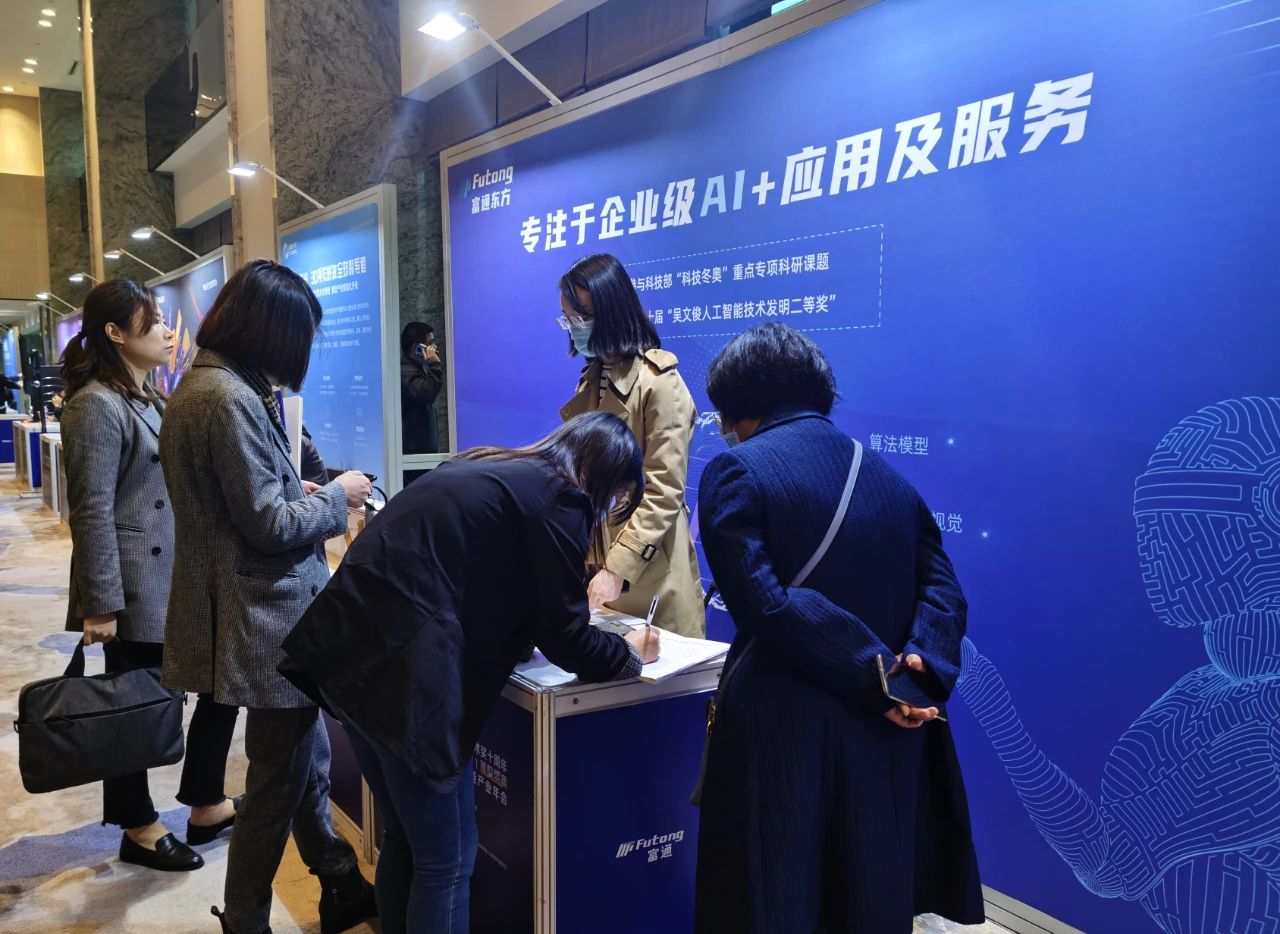
In the future, Futong Dongfang will continue to be dedicated to research in the field of artificial intelligence technology, fully leveraging its own technological advantages and the results of technology transformation to contribute to the digital transformation, intelligent application, and innovative development of more industries.





